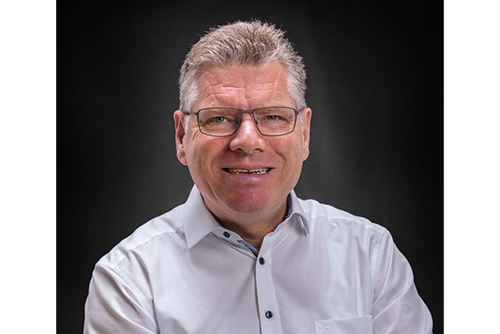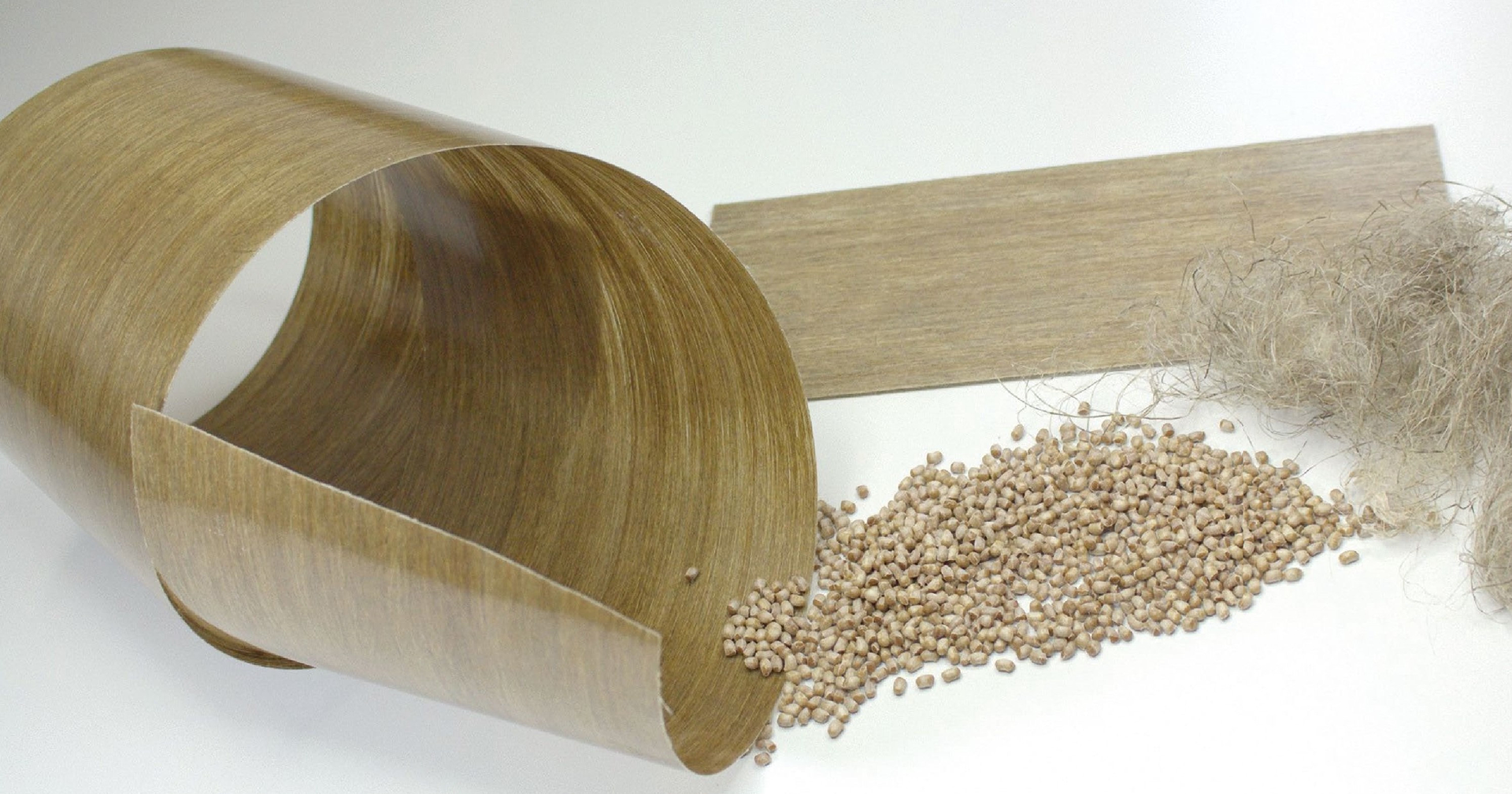In modern automotive development, innovative manufacturing technologies are increasingly coming to the fore. Additively manufactured electronics (AM) in particular offer promising potential for the integration of electronic components into mechanical parts, which not only increases design freedom, but could also revolutionize development and production processes. The aim of this article is to shed light on the importance and possible applications of AM in vehicle construction and in the industrial environment and to show how companies such as EDAG and the Fraunhofer IAPT are offering new and customized solutions for this innovative technology through their expertise and cooperation.
The opportunities offered by additively manufactured electronics in the automotive sector
The introduction of AME represents a paradigm shift in manufacturing technology, particularly in the automotive industry. The technology combines mechanical and electronic components in a single manufacturing process and allows electronic components to be integrated directly into structural components. This not only enables more complex designs, but can also lead to significant cost and time savings. However, companies that want to use AME successfully need specialized expertise and laboratory capacities that are geared towards the requirements of this technology.
Current developments and standards
The ISO/ASTM 52900:2015 standard describes established additive manufacturing processes, such as Powder Bed Fusion (PBF), Material Extrusion Filaments (MEF) and Multi Jet Fusion (MJF). MID (Mechatronic Integrated Device) technology, which creates 3D moldable circuit carriers with integrated electronic components, plays an important role here. The integration of electronics on these carriers opens up new possibilities for the design and optimization of vehicle components.
EDAG and Fraunhofer IAPT as partners for AME solutions
The collaboration between EDAG and Fraunhofer IAPT combines industry-specific expertise in automotive and industrial engineering with comprehensive know-how in the field of research and development. The range of services extends from consulting and potential analyses to concept development, prototyping and series production. This cooperation is of particular interest to industrial users and automotive developers, as it offers innovative solutions to the challenges of electronics integration. 
Challenges in the implementation of AME in the automotive sector
The requirements for components in automotive engineering - such as battery cell module covers - are high: they must be able to withstand mechanical stress, ensure reliable insulation and be suitable for small series production. The greatest opportunity lies, for example, in integrating the electronics functionally directly into the component, which is demonstrated using cell management for battery modules.
Risks associated with conventional solutions
Failure to reliably combine electronics and mechanics can have serious consequences: The service life of battery cells could be shortened or, in the worst case, there is a risk of dangerous "thermal runaways ". Traditional prototype construction methods, in which the electronics are not integrated at all or only manually integrated, also lead to little flexibility, limited suitability for small series production, high costs and longer development times.
The solution: Integrative AME approaches from EDAG and Fraunhofer IAPT
In conventional manufacturing processes, mechanical and electronic components of a product are manufactured separately and then assembled, fitted and interconnected. For small quantities and individual design requirements, these methods are time-consuming, costly, inflexible and inefficient.
With their AME technology, EDAG and Fraunhofer IAPT offer a solution in which both worlds are combined in one process chain by means of additive manufacturing. The conductor tracks are integrated directly into the component, eliminating the need for separate assembly steps and simplifying placement. This minimizes the probability of contacting errors and increases reliability."
This function-integrated production reduces complexity and opens up new possibilities for the development of automotive electronics or industrial electronics and mechatronics.
The advantages of additive manufacturing are enormous, especially for complex and functionally integrated components. It enables a high degree of design freedom without additional tool costs and is economical even for small quantities and a wide variety of designs. In addition, on-site 3D printing eliminates transportation and logistics costs, and production can be carried out flexibly and in line with demand.
Improvements and potential savings through AME
The practical application of AME has already demonstrated significant advantages. One example from the collaboration between EDAG and Fraunhofer IAPT is the development of a functionally integrated battery housing cover, which has enabled significant improvements in several areas:
- Accelerated prototype availability: Prototypes can be produced within a few weeks, which drastically shortens the development time.
- Cost savings: Cost savings can be realized especially with small quantities.
- Weight reduction: Thanks to AME, the component weight could be reduced by up to 30 % in total.
- On-demand production: Production and storage costs can be reduced through on-demand manufacturing or spare parts production.
- Functional integration of electronics: Electronic components can be safely and flexibly integrated into the component.
Practical application and future fields of application
AME technology offers a wide range of possible applications, for example in the prototype development of battery electric vehicles, in racing, in aerospace and in high-end small series production. AME also shows great potential in the production of intelligent test equipment and development hardware for new series start-ups.
EDAG and Fraunhofer IAPT are the ideal partners for companies that want to benefit from the advantages of additively manufactured electronics. The combination of automotive and research expertise guarantees customized solutions that shorten production times, reduce costs and expand design options.
"Additively Manufactured Electronics requires close and trusting cooperation between highly qualified experts such as Fraunhofer IAPT and generalists and automotive engineering experts such as EDAG who are convinced of the vision of a new technology." - Dr.-Ing. Martin Hillebrecht, Jens Rasche (EDAG Group) and Dr.-Ing. Georg Cerwenka, Phillip Planitzer (Fraunhofer IAPT)
The future of the automotive industry will be shaped by technologies such as AME. With shorter development times, more flexible design and lower costs, this technology offers numerous advantages for both established manufacturers and newcomers to the automotive sector. Together, EDAG and Fraunhofer IAPT have the know-how to fully exploit the potential of Additively Manufactured Electronics and provide customized, future-oriented solutions for the automotive industry.
Join in – your experience and feedback are valuable!
Take part in the Fraunhofer IAPT survey and help shape the future with us! Contribute your point of view and your perspectives to help us better understand tomorrow's requirements and further develop the technology behind Mesmeronic. Your participation will help us to advance innovative approaches to highly integrated mechatronic components, i.e. additively manufactured components with chemically metallized conductive tracks and integrated electronics.
Of course, we will share the results of the survey with you – be a part of the development of future technologies!
If you would also like to exploit the potential of additively manufactured electronics for vehicle construction, talk to our expert Dr. Martin Hillebrecht.




